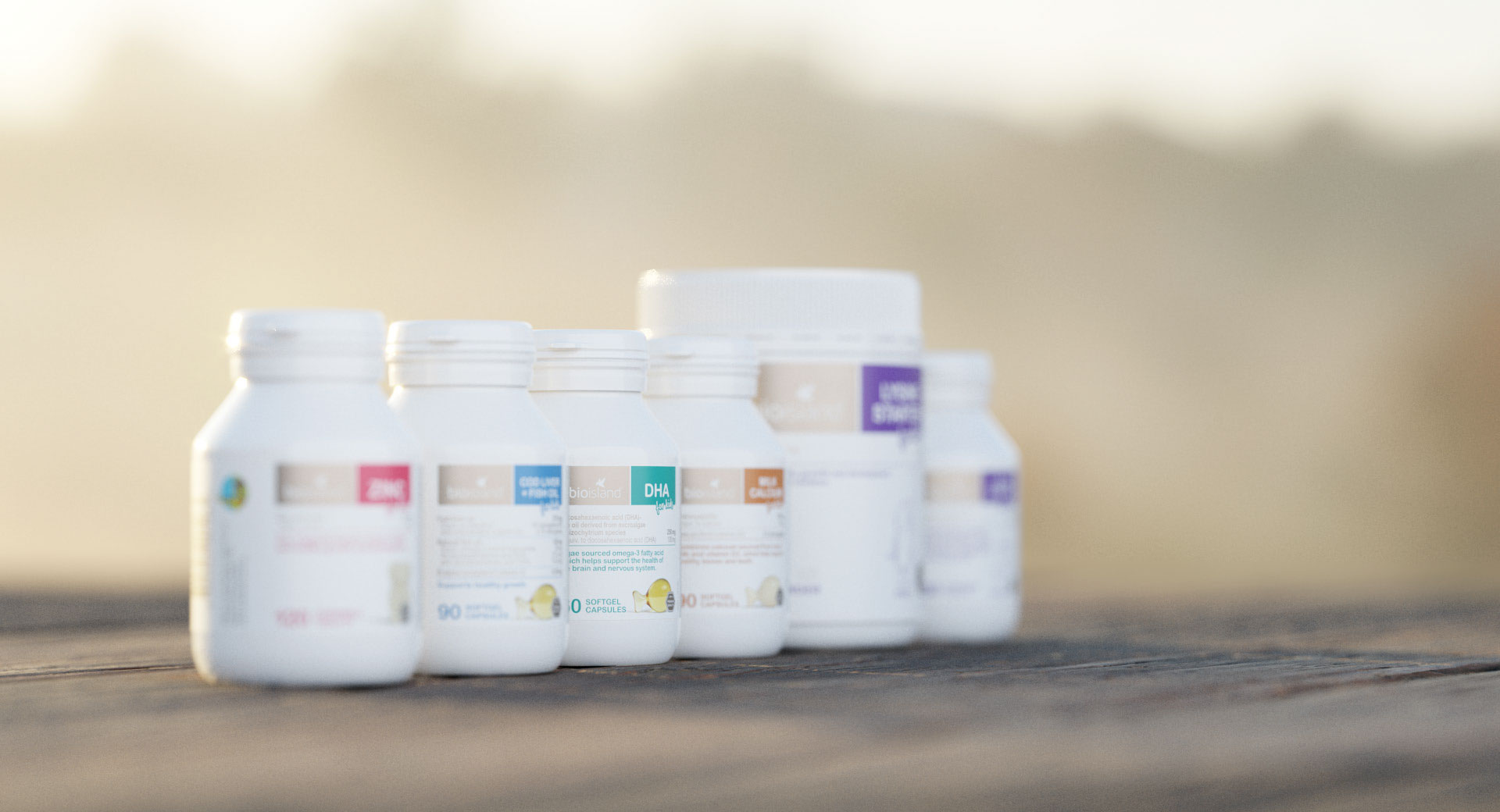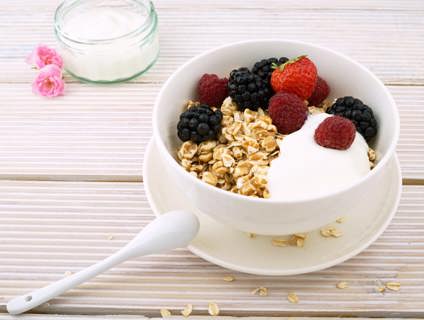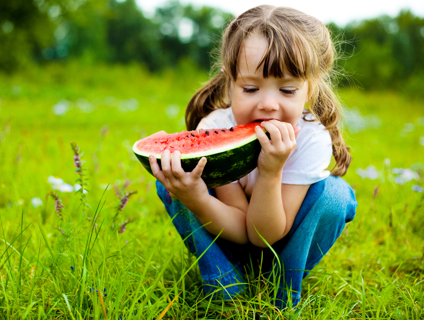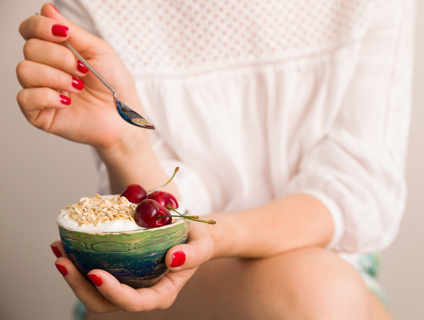
How much sugar are you really eating and what is the impact?
In Australia 52% of consumers are eating beyond the WHO recommended intake of sugar, with adolescents consuming the majority.
By Bio Island Nutrition Team
Sugar is a naturally occurring type of carbohydrate, which is a part of everyone’s diet, you just may not realize how much you are actually eating and the differences between natural and added sugar.
Sugar is there to not only add a sweetness to our food, but also for shelf life, texture and food appearance. But there is a limit to how much should be in the diet before it starts causing health related problems.
There is no clear definition for added sugar consumption, however the World Health Organization (WHO) recommend that ‘free sugars’ or added sugar should contribute to less than 10% of the total energy intake for prevention of unhealthy weight gain. In Australia and New Zealand, the dietary guidelines recommend limiting added sugar but neither have a clear definition of what added sugars are.
Sugar intake in Australia:
In Australia 52% of consumers are eating beyond the WHO recommended intake of sugar, with adolescents consuming the majority. 81% of added sugars in Australia are consumed from energy dense, nutrient poor foods and beverages. Consumption of too much added sugar is associated with obesity, poor dental health and other health related problems. In Australia obesity has increased to 63.45% of the population, with children aged 5-17 years at 27.4% and is still increasing.
What does sugar do to our bodies?
Naturally occurring sugars are found in fruits, vegetables, milk and legumes. These types of natural sugars provide our bodies with energy to function and provide other health benefits of nutrients, antioxidants and fiber. Added sugar is generally considered energy dense and nutrient poor. The difference is when you overload or overeat on added sugar which has no nutrient purpose in the body, your liver can’t use it all as energy so it will store it as fat. Therefore, leading to health-related problems if your diet is high in added sugar and you do not have an active lifestyle. The key here is to eat natural sugars in moderation as well, not indulging and overwhelming your pancreas to overproduce insulin and cause a sugar crash.
So what does sugar intakes look like in some common foods?
1 Teaspoon of sugar equals 4 grams and a total of 16 calories.
|
Food item: |
Total sugar per serve: |
Teaspoon worth: |
|
Can of regular soft drink |
39.8g |
9.95 Teaspoons |
|
Chocolate coated ice cream bar |
24.1g |
6 Teaspoons |
|
Chocolate rice puff Cereal (30g) |
11g |
2.75 Teaspoons |
|
Premade pasta sauce (125g) |
6.4g |
1.6 Teaspoons |
|
Small Cheeseburger Meal |
29.9g |
7.47 Teaspoons |
|
Chocolate Bar (50g) |
28.6g |
7.15 Teaspoons |
|
Orange Juice (200ml) |
15.2g |
3.8 Teaspoons |
The best way to reduce sugar from your diet is to base your meals off fresh home-made unprocessed ingredients. Swap your salad dressing for simple olive oil or quit soft drinks altogether. Simple changes can make a big difference in the long run for your diet and health. Being more aware of food choices for yourself and family can make a difference in setting behavioural food choices and long-term health views.
This information does not take into account your personal situation and is general in nature. You should consider whether the information is appropriate for your needs and seek professional medical advice.
Always consult your healthcare professional before taking any supplements or if any concerns arise.



